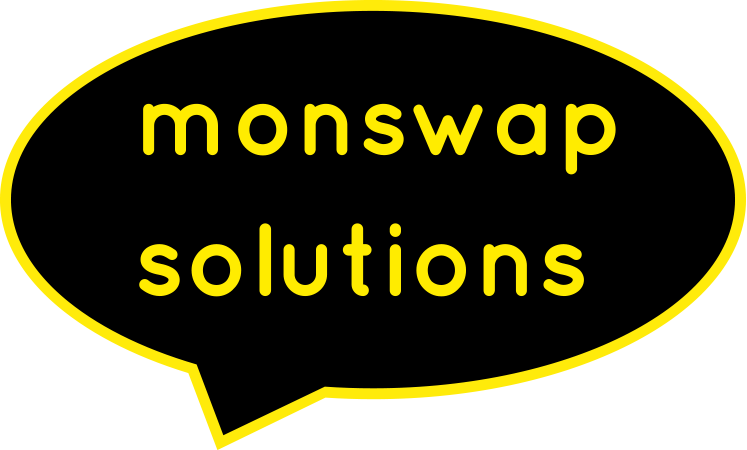You want to considerably increase your page rank? Convince people to buy your product, subscribe to your newsletter or return to your website again and again? In this case, it is time for you to take a closer look at your user’s search intent. In this article I you will learn some key facts about Search Intent. Afterwards, you will know how to optimize content for any individual user intent. Let me show you, how Search Intent Optimization (SIO) works.
What is Search Intent?
Search intent (also known as user intent or keyword intent) refers to the purpose of an online search. Simply put, search intent is the reason why a person carries out a particular search. After all, everyone who conducts an online search wants to find something. So, does someone search because they have a question and want an answer? Does the searcher want to visit a certain website? Or are they searching because they want to buy something?

Now, what does SIO mean? Google, Bing, and Yahoo are constantly refining their algorithms. Their aim: to better understand users’ needs and, thus, answer their search queries more and more precisely. SIO is vital in their quest to offer searchers even more precise answers to their queries. Google & Co. classify search intent optimized search results as highly relevant. Which is why they place them at the top for any user to see. In consequence, the users click on SIO-content and are satisfied. Mission accomplished.
4 Ways to Determine Search Intent
Of course, there are many different kinds of Search Intent. Overall, these four types of search intent occur most frequently:
1. Informational Intent
The user wants information. People with informational intent usually have a specific question in mind or want to know more about a particular topic. This could be the answer to a simple question as well as more complex queries that require longer and more detailed explanations. By the way: not all informational searches are phrased as questions.
Examples of informational intent:
- „In which city is the Eiffel Tower located?”
- „shoe store near me“
- „How to write a newsletter?“
- „NHL scores today“
2. Navigational Intent
The user searches for a certain website. A person with navigational intent already knows where he or she wants to go. It may simply be faster or easier for them to google than to enter the entire URL in the browser’s address bar. Or maybe they do not know the exact URL.
Examples of navigational intent:
- „Facebook”
- „german copywriter monswap solutions“
- „new york times“
- „Instagram Login“
3. Transactional Intent
The user wants to buy something. He or she is already in a so-called “buying mode”. Most likely the user already knows what they want to buy. Now they are looking for the best place to buy it. Transactional searches often contain specific words such as “buy”, “purchase”, “discount”, “offer” or exact product information.
Examples of transactional intent:
- „macbook pro apple store”
- „discount iphone 11“
- „subscribe to time magazine“
- „purchase microcopy“
4. Purchase intent
Although the user is looking for a specific product or service, they have not yet made a final decision about which solution will be the best for them. Users who intend to purchase are still checking their options: they are most likely looking for reviews and ratings.
Examples of purchase intent:
- „best restaurant in zurich”
- „iphone 11 or 11 pro“
- „copywriter 5-star rating augsburg“
- „macbook compare prices“
How to SIO Your Content
Give people what they want. Make sure that your landing page matches the search intent of your audience. Searchers should be able to find content on your site that is tailored precisely to their search intent. In other words: If people are looking for information, give them information. Please do not show them a product page. At least not right away. Such a search result will probably scare them off.
For instance, if you sell confetti, you can inform users searching the keyword “confetti shapes” by posting a blog article about the different kinds and shapes of confetti.

However, if searchers want to buy your product, you should lead them straight to your shop. Do not bore them with long informational content. You can achieve this, for example, by optimizing your product pages for more sales-oriented keywords. Again, if you happen to be a confetti retailer, you can optimize one of your product pages for the search term “purchase pink confetti”.
These are just two of the ways you can employ SIO to optimize your website for Google.
Why is Search Intent so Important?
Google’s number 1 goal is to make users happy. Users are happy when they get what they want. For this reason, search intent is so important to Google, if you care to believe their announcements and updates over the past few months. To succeed with SEO and content marketing in the 2020s, you should make Search Intent Optimization and SIO marketing a key part of your content strategy.
User Intent & SEO: The Evolution of Search Engine Optimization
The so-called Search Engine Optimization ‒ SEO for short ‒ is a way to bring more visitors to your website. After all, your goal is probably to sell your products online or to attract more regular visitors. In order to be found by google and, as a result, increase traffic on your website, optimize your content with regard to the keywords that visitors use. So far, so good.
SIO, however, deals with a small and very relevant aspect of search engine optimization: Search Intent looks for, finds, and uses a user’s intent aka the reason why a person searches for something on the internet. Search Intent Marketing shows you the purpose for which visitors use certain keywords. (Thus the term “keyword intent”.)
The connection between Search Intent and SEO? In short: SEO analyses WHAT a user is looking for, SIO analyses WHY a user is looking for something and what he or she really wants.
Summary
It is important that your content always matches the keywords as well as your audience’s search intent. So make sure that your article or page is informative when people express an informational intent. However, lead people to your sales pages if they have a transactional intent.




